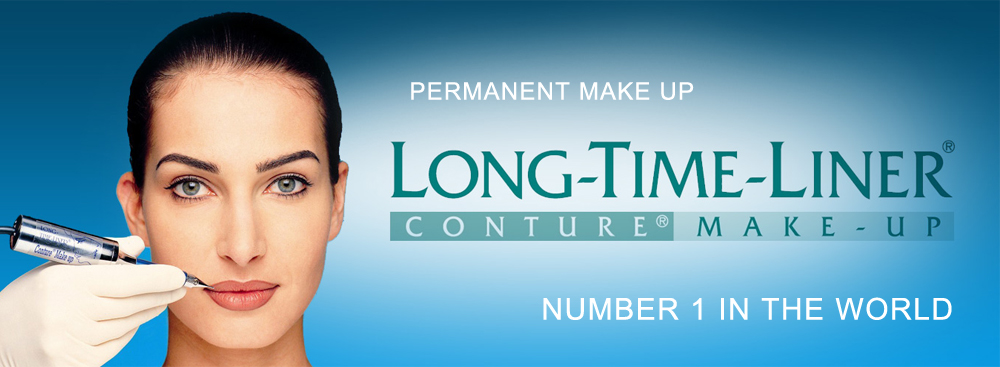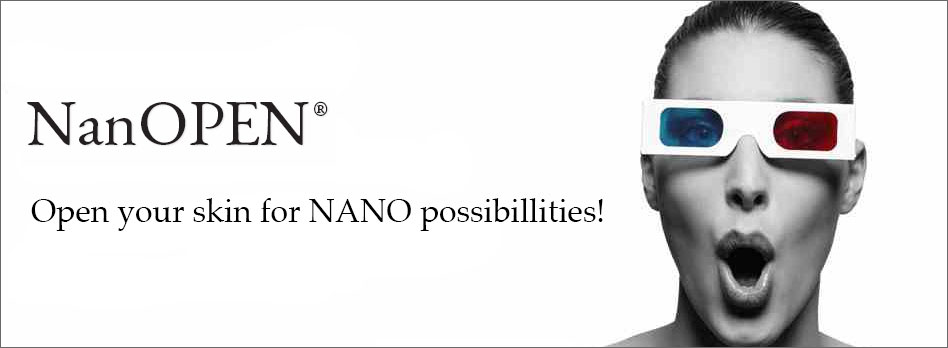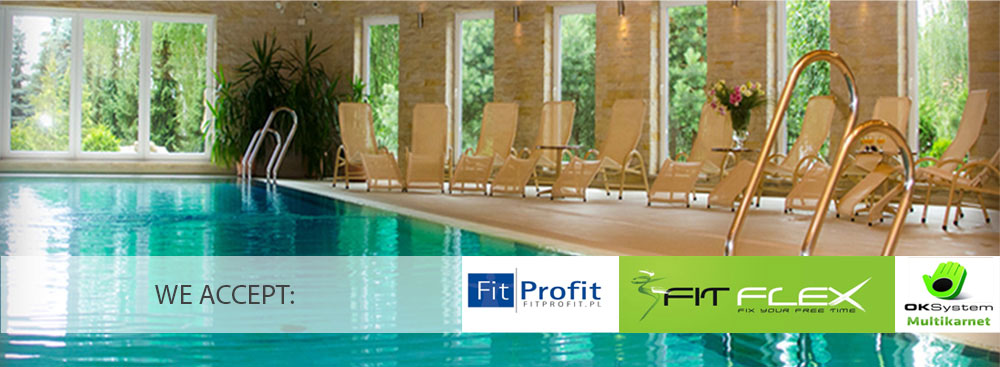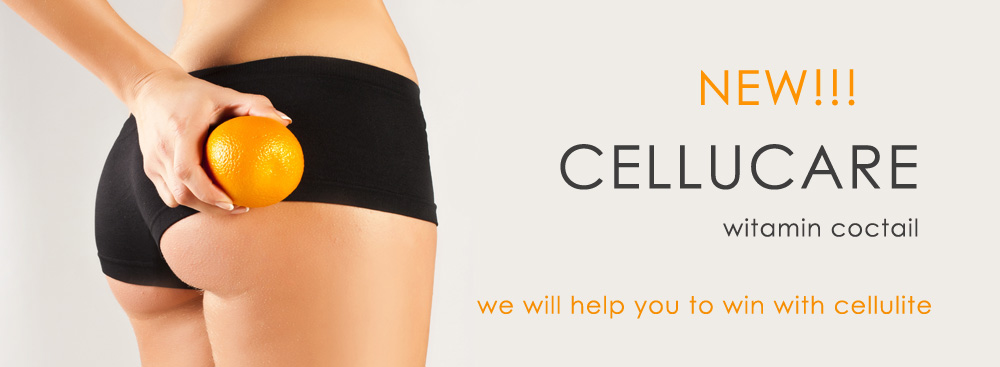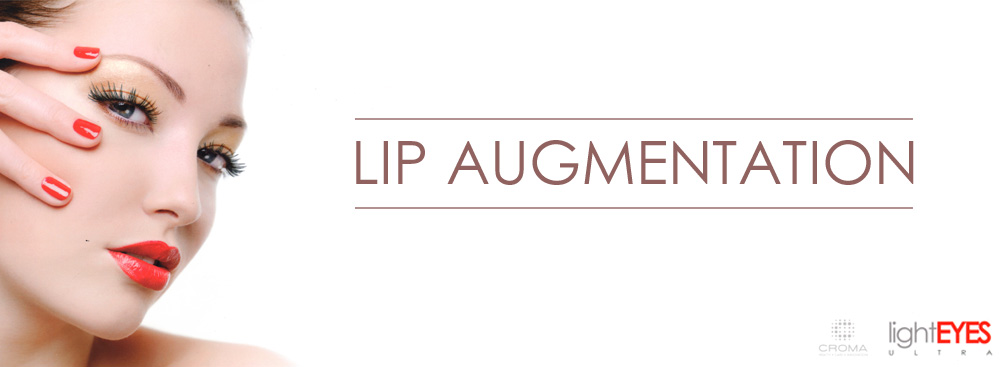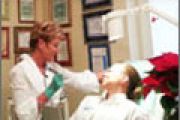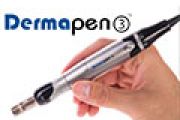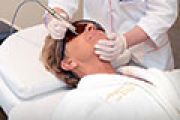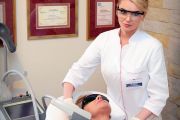
SCLEROTHERAPY
Most widened veins, “spider veins,” can be removed by means of sclerotherapy – an esthetic procedure without cutting and scars.
The problem of so-called spider veins is found in a large group of patients and is a great cosmetic problem. It consist in widening of small surface blood vessels indicating difficulties in blood flow from the venous system.
Sclerotherapy allows for closing of small blood vessels in lower limbs.
Most widened veins, “spider veins,” can be removed by means of sclerotherapy – an esthetic procedure without cutting and scars.
The problem of so-called spider veins is found in a large group of patients and is a great cosmetic problem. It consist in widening of small surface blood vessels indicating difficulties in blood flow from the venous system.
Sclerotherapy allows for closing of small blood vessels in lower limbs.
At Medical Margaret Spa doctors combine sclerotherapy with laser removal of blood vessels depending on advancement of the changes in patients.
Esthetic indications for sclerotherapy:
- telangiectasia,
- venulectasia.
Sclerotherapy is conducted through injection of preparations that “glue” widened veins, which causes their complete disappearance.
Sclerotherapy allows for closing of virtually any blood vessel with preservation of a suitable technique of the procedure.
At Medical Margaret Spa doctors work with a safe and extremely effective preparation – polidocanol (Aethoxysklerol), with use of which millions of procedures have been performed around the world.
Small innocent spider veins are symptoms of so-called chronic venous insufficiency. Their systematic closing through sclerotherapy reduces the risk of occurrence of the last stage of the venous disease – ulceration.
Is the procedure painful?
The procedure does not require special anesthesia. Injections are performed with use of a very thin needle and are very well tolerated by patients, who usually do not express pain connected with the procedure. In very rare cases patients do feel pain connected with an irritant medication getting outside of the blood vessel. In case of such problems the doctor should be informed during the procedure promptly.
When is the effect visible and how long does it last?
Application of the preparation does not mean immediate disappearance of a blood vessel. The process of closing takes about three to four weeks and then the vessel is absorbed, which can take a couple of weeks to a couple of months, depending on its diameter. In the areas of the blood vessels there can be some bruising visible, which later becomes greenish and bluish. Sometimes a cord, hard and aching when touched, can appear. It is absorbed in one to six months. Slight ankle or foot swelling is normal when a pressure dressing is worn and it wears off after its removal.
......................................................................................................................................................................................................
DESCRIPTION OF THE THERAPY
The procedure is performed in ambulatory conditions by a doctor and takes 20–40 minutes on average. It is performed in a lying position. During the first visit the doctor assesses the advancement stage of the disease, plans the treatment and finds what indications for the procedure are; if need be, he or she orders some additional examination (Doppler examination).
During the next appointment the procedure is performed.
In order to precisely locate the blood vessels in the subcutaneous tissue the skin is specially lit. A few injections of the preparation are performed at once. After the procedure on the limb a pressure dressing is put – usually, first degree pressure tights – and the patient goes for a twenty minute walk. A procedure within the same limb can be repeated no sooner than after 14 days.
Usually it is impossible to obliterate all changes during one visit. On average, the expected effect is attained after two to five sessions. After the procedure periodical check-up is advised (every 12 months) in order to obliterate newly created changes. Both men and women taking care of esthetic appearance of their legs undergo such procedures every few years (as chronic venous insufficiency progresses) preventing creation of large areas of ugly venous widenings.
Subsequent injections over following years are short and definitely less problematic.
......................................................................................................................................................................................................
POST-PROCEDURAL RECOMMENDATIONS
Right after the procedure it is recommended to walk for about one to two hours. It has a beneficiary effect on the process of healing. It is not advisable to get into a car and go for a longer trip immediately after the procedure. Wearing pressure tights and stockings of a suitable pressure degree is recommended at daytime, at least during the first month. It is possible to perform the procedure without putting a pressure dressing, which happens usually during summer. Compression therapy greatly increases effectiveness of the procedure, allows for quicker closing of the vessel diameter. Therefore, it is good to come to the procedure with one’s own first degree pressure tights or purchase them right after the procedure.
......................................................................................................................................................................................................
CONTRAINDICATIONS FOR SCLEROTHERAPY
- immobilization of the patient,
- allergy to obliterating medication,
- severe systemic diseases,
- critical surface and deep vein thrombosis,
- topical or general infection,
- limb ischemia connected with advanced atherosclerosis or diabetes-related changes,
- first trimester pregnancy or pregnancy after the 36th week,
- shank swellings,
- generally bad health,
- allergies,
- blood diseases – thrombophilia.
......................................................................................................................................................................................................
SIDE EFFECTS
In a well-performed procedure complications are very rare, however, one cannot exclude them completely.
Most frequent complications:
- reddening and bruises,
- swelling.
Rare complications:
- allergic reactions to applied medication,
- discolorations,
- vein inflammation.
DR JOANNA I MACIEJ BROCCY POLECAJĄ
CALL US+48 42 683 12 68
ADDRESSLodz ul. Pradzynskiego 103a
Mon-Fri:10.00 - 21.00
Sat:10.00 - 15.00
biuro@margaret-spa.pl
Mon-Fri:10.00 - 21.00
Sat:10.00 - 15.00
biuro@margaret-spa.pl
STAY UP TO DATESubscribe our newsletter
and get latest news
and get latest news
GIFT CARD




